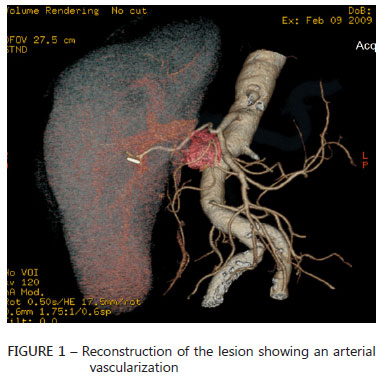
In part three of this interview, I described a spectacular (and quite morbid) ER thoracotomy, one of the more dramatic surgical cases I performed in my career. In part four, I present a case of a young pregnant woman who was referred to the surgical service with sudden onset of headaches, palpitations, and sweating whenever her baby kicked and moved.
Me: Why don’t you tell us about something less dramatic but still memorable, one of your more interesting or satisfying cases.
Myself: When I was a third-year medical student, I assisted on a case that remains one of the more memorable of my career. It was interesting in that the condition is rare, the anatomy was fascinating, and the physiology was perplexing. And it was satisfying in that the patient, a young pregnant woman, came through the operation without difficulty and was cured by the procedure.
Me: I’m intrigued. Do go on.
Myself: A female in the third trimester of pregnancy was referred to the internal medicine service for evaluation of excruciating headaches, palpitations, and profuse sweating that occurred each time her baby kicked. If the baby was active for prolonged periods, the headaches became debilitating, and when the baby settled down, the headaches and other symptoms would resolve.
Me: Something tells me she was not having migraines.
Myself: Migraines were part of the differential diagnosis, but physical examination revealed that in the midst of the fetal-activity induced headaches, her systolic blood pressure was spiking as high as two hundred and fifty.
Me: More than twice normal.
Myself: Yes, putting her at risk for heart attack, stroke, intracerebral hemorrhage, and a host of pregnancy related complications. Her clinical findings suggested pheochromocytoma, which is a tumor usually found in the adrenal gland. These tumors produces excess amounts of epinephrine—commonly known as adrenaline—along with other vasoactive hormones. The most common symptoms are sudden onset of headaches, palpitations, and diaphoresis (sweating) associated with extremely high blood pressure.
Me: Sounds like an urgent workup was in order.
Myself: Quite urgent. Serum and urine samples were positive for high levels of catecholamines (epinephrine and other vasoactive hormones) and their byproducts, thus confirming the diagnosis, but this did not explain the link to fetal activity. A CT scan of the abdomen was obtained, and the relationship between fetal movement, high blood pressure, and the other symptoms was clearly delineated. As I mentioned above, pheochromocytomas are most commonly found in the adrenal glands, but in this particular case, the scan revealed a baseball-sized mass in the organ of Zukerkandl.
Me: One of our more obscure organs.
Myself: Yes. The organ of Zukerkandl is not a discreet organ, but instead is a web-like plexus of specialized nerves and ganglia that cling to the abdominal aorta. It is part of the sympathetic nervous system, which like the adrenal glands, can produce catecholamines. If a tumor arises from this tissue, it can produce abnormally high levels of these vasoactive compounds.
Me: And during the third trimester of pregnancy, the uterus occupies much of the abdomen, displacing the intra-abdominal organs upward, leaving nothing between the uterus and the tumor.
Myself: Exactly. When the baby moved, the wall of the uterus pushed against the tumor, thus squeezing epinephrine and other catecholamines into the blood stream. The surge in catecholamines resulted in high blood pressure, rapid heart rate, headaches, palpitations, and sweating.
Me: So she was referred to the surgery service, and off to the OR she went.
Myself: With the pregnancy well into the third trimester, the OB guys were able to come in first and perform a C-section. We could then retract the uterus out of the way, expose the tumor, and excise it. The patient and her baby both did well, and she no longer had blood pressure problems or related symptoms. And the tumor turned out to be benign.
Me: A very satisfying result.
Myself: Yes.
To read this interview in its entirety, go here.
